Weidinger, Otto, born 22-05-1914 in Würzburg,  enlisted in the SS-Verfügungstruppe SS-VT,
enlisted in the SS-Verfügungstruppe SS-VT,  precursor to the Waffen-SS, in April 1934. His first duty assignment was as a concentration camp guard at SS-Wachsturmbann,
precursor to the Waffen-SS, in April 1934. His first duty assignment was as a concentration camp guard at SS-Wachsturmbann,  camp guard detachment, Dachau. He volunteered for officer training and entered the SS-Junkerschule in Braunschweig
camp guard detachment, Dachau. He volunteered for officer training and entered the SS-Junkerschule in Braunschweig  in May 1935. After graduating from Junkerschule, he completed platoon leader training back in Dachau and was commissioned as an SS-Untersturmführer,
in May 1935. After graduating from Junkerschule, he completed platoon leader training back in Dachau and was commissioned as an SS-Untersturmführer,  in April 1936. Weidinger’s first command was the 3rd Kompanie of the SS-Standarte “Deutschland” 2nd Division “Das Reich”
in April 1936. Weidinger’s first command was the 3rd Kompanie of the SS-Standarte “Deutschland” 2nd Division “Das Reich”  , commander then SS Obergruppenführer, Paul Papa Hausser
, commander then SS Obergruppenführer, Paul Papa Hausser
 enlisted in the SS-Verfügungstruppe SS-VT,
enlisted in the SS-Verfügungstruppe SS-VT,  precursor to the Waffen-SS, in April 1934. His first duty assignment was as a concentration camp guard at SS-Wachsturmbann,
precursor to the Waffen-SS, in April 1934. His first duty assignment was as a concentration camp guard at SS-Wachsturmbann,  camp guard detachment, Dachau. He volunteered for officer training and entered the SS-Junkerschule in Braunschweig
camp guard detachment, Dachau. He volunteered for officer training and entered the SS-Junkerschule in Braunschweig  in May 1935. After graduating from Junkerschule, he completed platoon leader training back in Dachau and was commissioned as an SS-Untersturmführer,
in May 1935. After graduating from Junkerschule, he completed platoon leader training back in Dachau and was commissioned as an SS-Untersturmführer,  in April 1936. Weidinger’s first command was the 3rd Kompanie of the SS-Standarte “Deutschland” 2nd Division “Das Reich”
in April 1936. Weidinger’s first command was the 3rd Kompanie of the SS-Standarte “Deutschland” 2nd Division “Das Reich”  , commander then SS Obergruppenführer, Paul Papa Hausser
, commander then SS Obergruppenführer, Paul Papa Hausser
 in Ellwangen. Shortly after he underwent training as a combat engineer with the SS-Pioniere Battalion, as well as attending the Kampfschule, combat school, in Munich. Promoted to SS-Obersturmführer in 1938, Weidinger first saw combat in the 1939 Nazi invasion of Poland, earning an Iron Cross 2nd Class. After subjugating Poland, his unit then participated in the Battle of the Netherlands (see About), where Weidinger continued to distinguish himself, earning a Iron Cross 1st Class and a promotion to Division Adjutant. At the end of 1940, Weidinger was promoted to SS-Hauptmann and his unit was sent to subdue insurgents in Lithuania. Weidinger commanded a heavy, anti-tank, company of the motorcycle rifle battalion of the SS-Reconnaissance-Detachment until the onset of Operation Barbarossa
in Ellwangen. Shortly after he underwent training as a combat engineer with the SS-Pioniere Battalion, as well as attending the Kampfschule, combat school, in Munich. Promoted to SS-Obersturmführer in 1938, Weidinger first saw combat in the 1939 Nazi invasion of Poland, earning an Iron Cross 2nd Class. After subjugating Poland, his unit then participated in the Battle of the Netherlands (see About), where Weidinger continued to distinguish himself, earning a Iron Cross 1st Class and a promotion to Division Adjutant. At the end of 1940, Weidinger was promoted to SS-Hauptmann and his unit was sent to subdue insurgents in Lithuania. Weidinger commanded a heavy, anti-tank, company of the motorcycle rifle battalion of the SS-Reconnaissance-Detachment until the onset of Operation Barbarossa 
 . He was subsequently promoted to SS-Hauptsturmführer
. He was subsequently promoted to SS-Hauptsturmführer  and transferred to the Divisional Staff of the SS-Division “Das Reich”, under General Heinz Lammerding
and transferred to the Divisional Staff of the SS-Division “Das Reich”, under General Heinz Lammerding  . ammerding died age 65, on 13-01-1971, in Bad Tölz. Following a tour of duty in Russia, Weidinger returned to the Braunschweig Junkerschule as a tactics instructor for officer candidates until 1943. In June 1943, Weidinger was again ordered to the Russian front and assumed command of the First Battalion of the SS Regiment “Germany”, with the rank of
. ammerding died age 65, on 13-01-1971, in Bad Tölz. Following a tour of duty in Russia, Weidinger returned to the Braunschweig Junkerschule as a tactics instructor for officer candidates until 1943. In June 1943, Weidinger was again ordered to the Russian front and assumed command of the First Battalion of the SS Regiment “Germany”, with the rank of  . This battalion saw significant combat action at the Battle of Kursk. In the battle, Weidinger received a serious head wound. In November 1943 he was awarded the German Cross in Gold award
. This battalion saw significant combat action at the Battle of Kursk. In the battle, Weidinger received a serious head wound. In November 1943 he was awarded the German Cross in Gold award  . By the end of 1943 he commanded at the 2nd SS Panzer Division “Das Reich”, nickname “Wolfsangel”
. By the end of 1943 he commanded at the 2nd SS Panzer Division “Das Reich”, nickname “Wolfsangel” 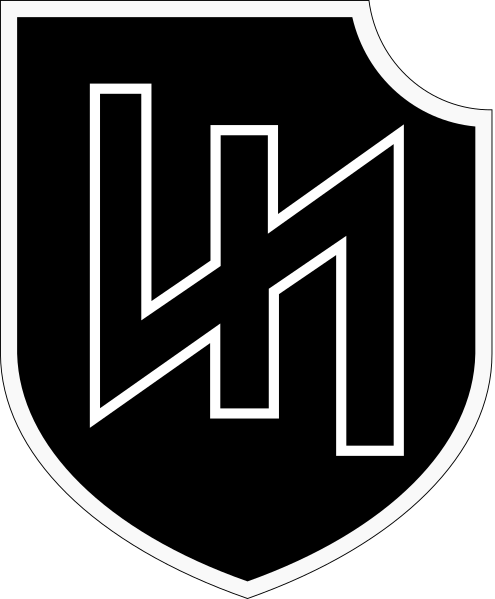 an armored infantry regiment. In the spring of 1944, his SS Panzer Division received orders to move to France. On 21-04-1944, Weidinger was awarded the Knight’s Cross of the Iron Cross. Shortly thereafter, was promoted to the SS-Obersturmbannfuhrer and the assumption of command of the 4th SS Panzer-Grenadier Regiment “Der Führer”, which had the responsibility for defending the Normandy coastline. Command of “Der Führer” passed from SS-Standartenführer, Sylvester Stadler
an armored infantry regiment. In the spring of 1944, his SS Panzer Division received orders to move to France. On 21-04-1944, Weidinger was awarded the Knight’s Cross of the Iron Cross. Shortly thereafter, was promoted to the SS-Obersturmbannfuhrer and the assumption of command of the 4th SS Panzer-Grenadier Regiment “Der Führer”, which had the responsibility for defending the Normandy coastline. Command of “Der Führer” passed from SS-Standartenführer, Sylvester Stadler
 to Weidinger on 14 June. Until then Weidinger had been with the regiment for familiarization purposes. After two months of heavy fighting following the Normandy D-Day invasion, Weidinger’s unit, along with 50,000 other German troops, were surrounded by British and Polish forces led by General Field Marshal Bernard Law Montgomery
to Weidinger on 14 June. Until then Weidinger had been with the regiment for familiarization purposes. After two months of heavy fighting following the Normandy D-Day invasion, Weidinger’s unit, along with 50,000 other German troops, were surrounded by British and Polish forces led by General Field Marshal Bernard Law Montgomery 
 in what would be known as the battle of Falaise pocket. Faced with the prospect of surrender or annihilation, Weidinger had his unit constantly probe the enemy line for weaknesses. They discovered a very small gap in the Polish lines, which Weidinger then exploited by using the massed firepower of his remaining tanks to enlarge. Ten thousand German troops were able to escape the collapsing pocket. More than 40 German divisions were destroyed during the Battle of Normandy.
in what would be known as the battle of Falaise pocket. Faced with the prospect of surrender or annihilation, Weidinger had his unit constantly probe the enemy line for weaknesses. They discovered a very small gap in the Polish lines, which Weidinger then exploited by using the massed firepower of his remaining tanks to enlarge. Ten thousand German troops were able to escape the collapsing pocket. More than 40 German divisions were destroyed during the Battle of Normandy.  No exact figures are available, but historians estimate that the battle cost the German forces a total of around 450.000 men, of whom 240.000 were killed or wounded. The Allies had achieved this blow at a cost of 209.672 casualties among the ground forces, including 36.976 killed and 19.221 missing. In addition, 16.714 Allied airmen were killed or went missing in direct connection with Operation Overlord. For his heroic actions in the face of near-certain defeat, Weidinger was awarded Oak Leaves to his Knight’s Cross
No exact figures are available, but historians estimate that the battle cost the German forces a total of around 450.000 men, of whom 240.000 were killed or wounded. The Allies had achieved this blow at a cost of 209.672 casualties among the ground forces, including 36.976 killed and 19.221 missing. In addition, 16.714 Allied airmen were killed or went missing in direct connection with Operation Overlord. For his heroic actions in the face of near-certain defeat, Weidinger was awarded Oak Leaves to his Knight’s Cross 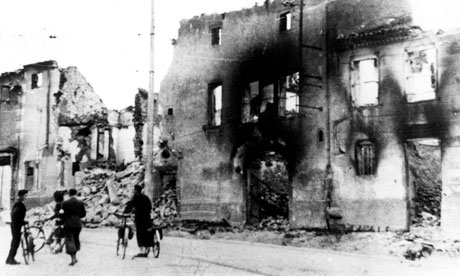 SS Sturmbannführer, Otto Diekmann
SS Sturmbannführer, Otto Diekmann
 in Bordeaux in January 1953, Weidinger was a witness for the defense. Upon his release from prison, Weidinger trained as a pharmacist, working in a pharmacy until his retirement in 1982. From 1967 to 1982, Weidinger wrote the history of Regiment “Der Führer”, he was its last commander, titled “Comrades to the End”
in Bordeaux in January 1953, Weidinger was a witness for the defense. Upon his release from prison, Weidinger trained as a pharmacist, working in a pharmacy until his retirement in 1982. From 1967 to 1982, Weidinger wrote the history of Regiment “Der Führer”, he was its last commander, titled “Comrades to the End”  . Sturmbannführer Otto Kahn was, one of the SS officers who carried out the massacre in Oradour
. Sturmbannführer Otto Kahn was, one of the SS officers who carried out the massacre in Oradour

 Kahn lived undisturbed in Ottmarsbocholt till his death, age 69, in 1977. SS Obersturmführer Heinz Barth called “the butcher of Oradour”
Kahn lived undisturbed in Ottmarsbocholt till his death, age 69, in 1977. SS Obersturmführer Heinz Barth called “the butcher of Oradour”
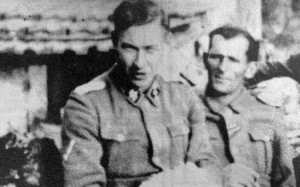
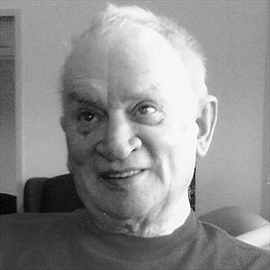
 was the only Nazi officer involved in the Oradour massacre to have been judged, in 1983 in East Germany. Awarded a “war victim” pension in 1991 (which would later become a wide-ranging controversy and would lead to changes in German law regarding war or disability pensions for World War II war criminals) by the reunified German government, he was released in 1997, reportedly in consideration of his age and health and for having “expressed remorse”. Ten years later Heinz Barth died of cancer, age 86, unpunished, on 06-08-2007, in Gransee.
was the only Nazi officer involved in the Oradour massacre to have been judged, in 1983 in East Germany. Awarded a “war victim” pension in 1991 (which would later become a wide-ranging controversy and would lead to changes in German law regarding war or disability pensions for World War II war criminals) by the reunified German government, he was released in 1997, reportedly in consideration of his age and health and for having “expressed remorse”. Ten years later Heinz Barth died of cancer, age 86, unpunished, on 06-08-2007, in Gransee.Death and burial ground of Weidinger, Otto.



 Otto Weidinger died 11-01-1990, aged 75, in Aalen. He is buried with his wife Annelies, born Völter, who died very old age 97 in 2015, on the Waldfriedhof of Aalen. There is memorial stone
Otto Weidinger died 11-01-1990, aged 75, in Aalen. He is buried with his wife Annelies, born Völter, who died very old age 97 in 2015, on the Waldfriedhof of Aalen. There is memorial stone
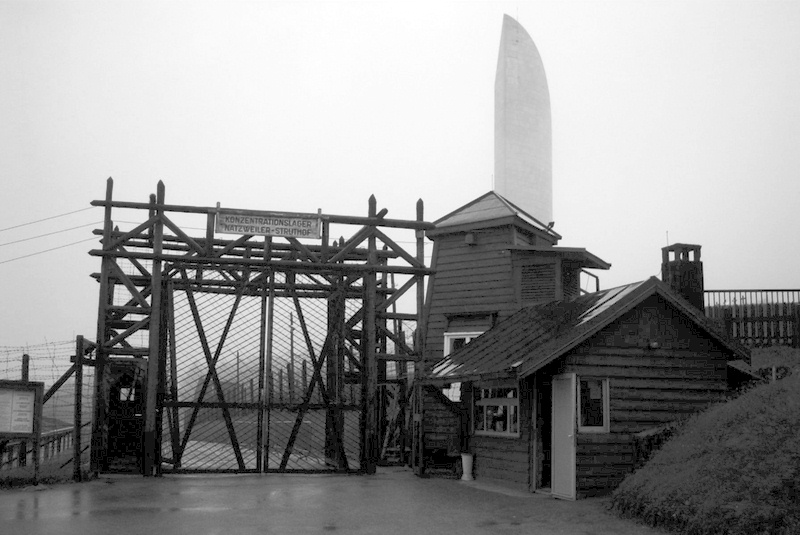 at the Schillerlinde tree above Wasseralfingen’s ore pit to four prisoners of the sub camp of Natzweiler-Struthof concentration camp killed there. Also in Wasseralfingen, in the cemetery a memorial with the Polish inscription “To the victims of Hitler” commemorates the deceased forced labourers buried there.
at the Schillerlinde tree above Wasseralfingen’s ore pit to four prisoners of the sub camp of Natzweiler-Struthof concentration camp killed there. Also in Wasseralfingen, in the cemetery a memorial with the Polish inscription “To the victims of Hitler” commemorates the deceased forced labourers buried there.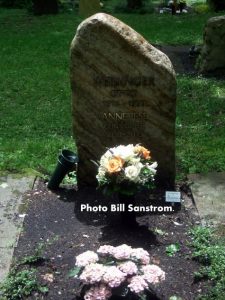



Message(s), tips or interesting graves for the webmaster: robhopmans@outlook.com
//















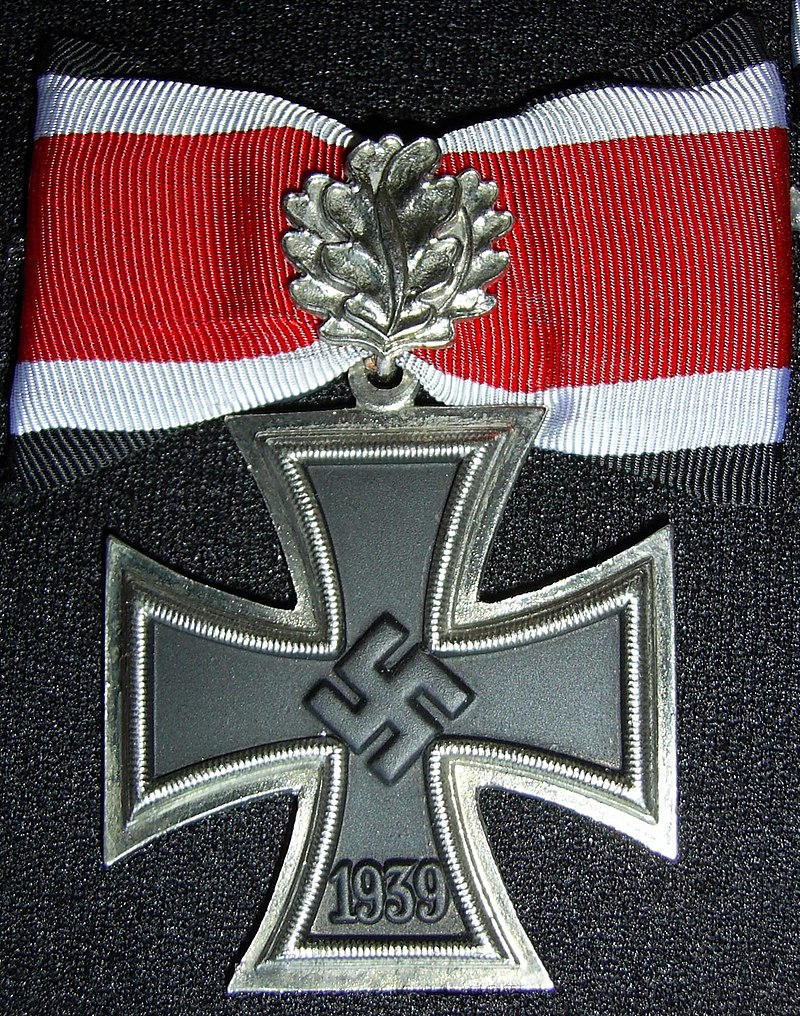












Leave a Reply